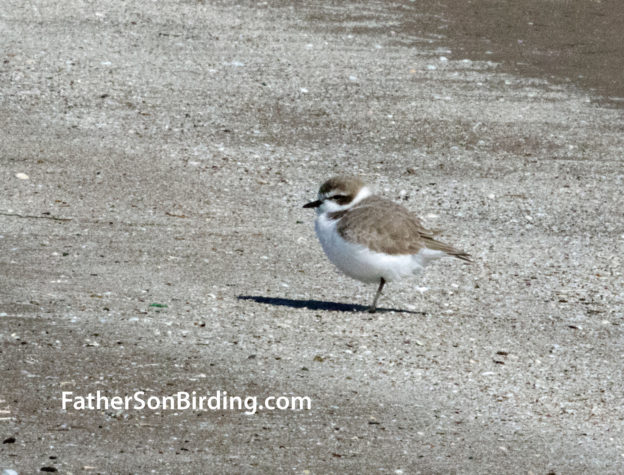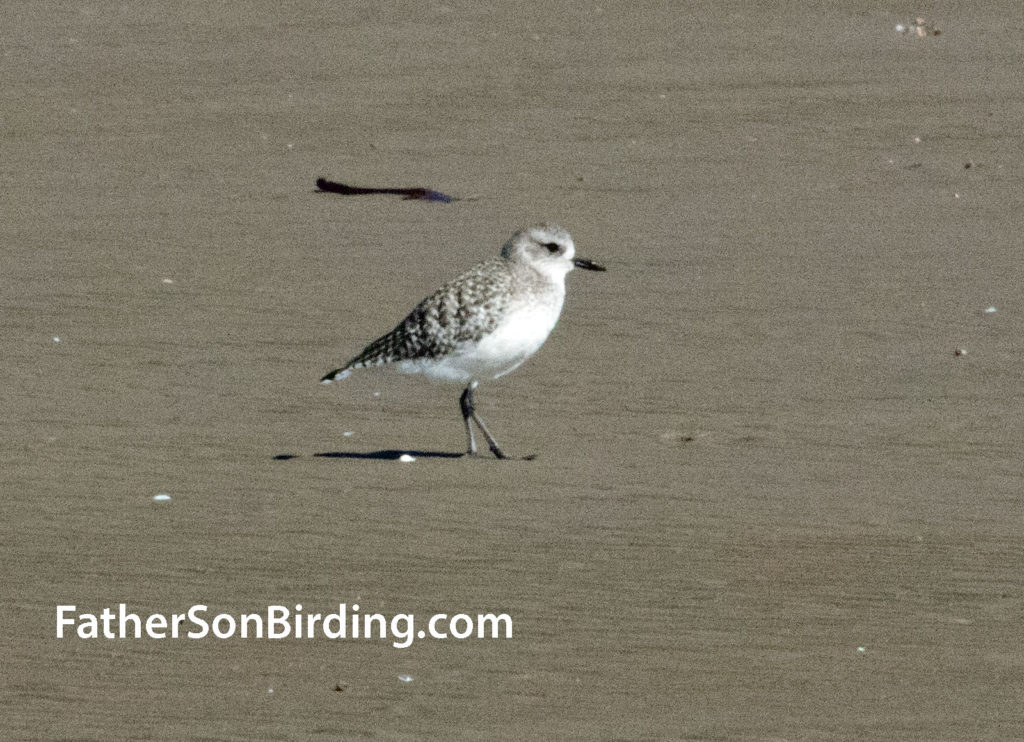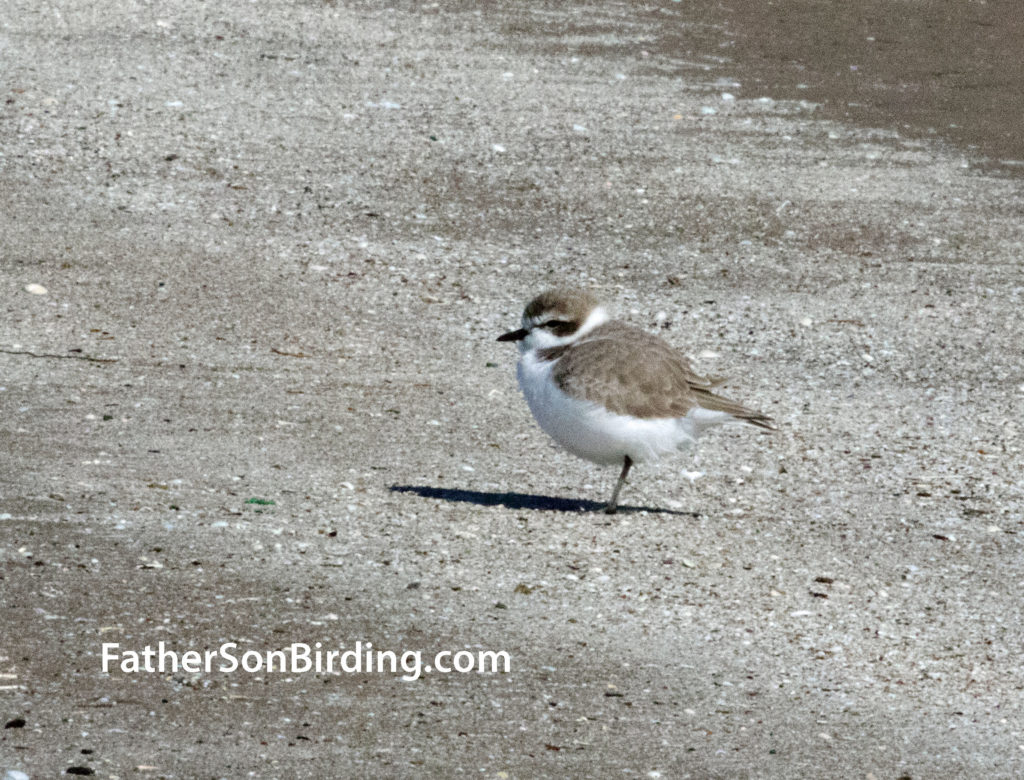Our condolences to all those affected by the coronavirus—including those forced to cancel their well-earned vacations. We offer some small consolation by traveling to southern Israel to explore amazing birds of the desert and Red Sea. Enjoy, and don’t forget to share this with your birding buddies. Next week: Wadi Rum and Petra.
After our fabulous day in the Hula Valley, I rewarded myself by—you guessed it—catching the flu. Really. Not my first choice, but after a day in bed, Braden and I continued as planned and headed to Jerusalem for three days. The highlights were seeing a Eurasian Hoopoe on the walls of the Old City and grabbing a new Life Bird, Tristram’s Starling, literally on the Western Wall. Then, mostly recovered from my illness, we headed to more fertile birding territory: Eilat and the Red Sea.

For those who don’t know it, Eilat is on a major flyway between Africa and Asia and Europe. Some estimates place the number of birds flying through at half a billion per year, and it is especially known for raptor migration. Alas, Braden and I were not visiting during migration, but we still hoped to see some new and cool species. Our first full day there, we caught a cab to the International Birding and Research Center just north of town. The center is on the site of the former city dump and located next to expansive ponds used for salt manufacture. Since 1993, however, the sanctuary has been aggressively rehabilitating the site—something that was still very much in progress when we arrived.

In short order we were rewarded with a double-handful of Life Birds, including Common Ringed Plover, a pair of Common Greenshanks, Blackstarts, Bluethroats, a Green Bee-eater, Marsh Sandpiper, Rock Martin, House Crow, Long-legged Buzzard, and Braden’s Bird of the Day, a Great Gray Shrike! As a bonus, four Greater Flamingos lounged in a salt pond in the distance.
While there, one of the center’s guides confidentially told us that even better birding might be had at a place called Holland Park, a short mile or so walk away. Braden and I set off through the desert—only to end up at a kibbutz nowhere near the park! Some nice kibbutzniks straightened us out, so we resumed our hot march south along the highway. And that turned out to be a great thing because right next to the road, we spotted our only Hooded Wheatears of the trip.
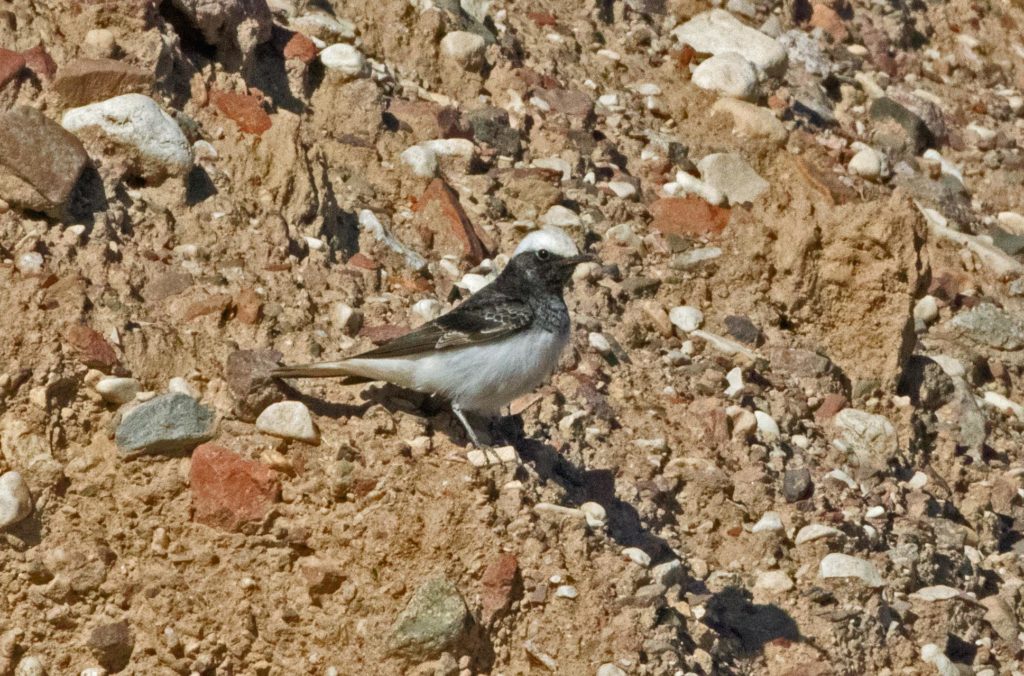
Holland Park. What can I say? I think this may be my favorite birding location of the entire trip. Hiking up a dry wadi filled with interesting native plants, Braden and I quickly left the bustle of Eilat behind and felt like we were in authentic habitat. We found only two additional Lifers—Sand Partridge and Mourning Wheatear—but the Blackstarts, Palestinian Sunbirds, Sardinian Warblers and other birds kept us plenty entertained. And our day’s birding hadn’t quite finished.
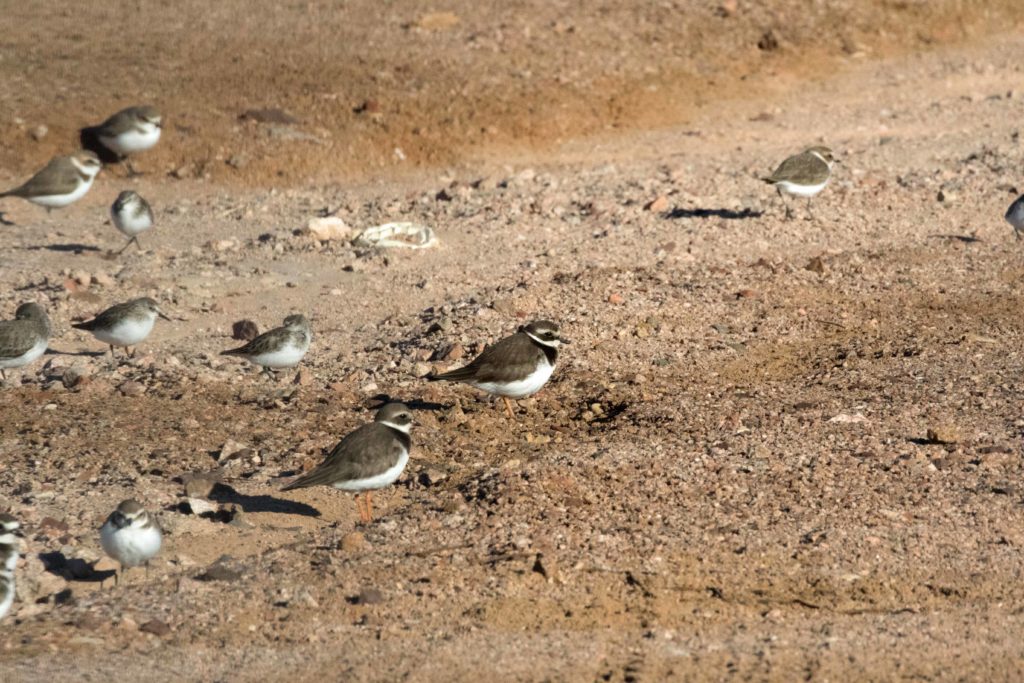
That afternoon, Braden cajoled me into taking a walk from our hotel along the Red Sea so that we could look for White-eyed Gulls. We found them, but also happened upon a huge group of Kentish and Common Ringed Plovers, Little Stints, and Dunlins huddled down against a stiff afternoon wind blowing up from Egypt and Saudi Arabia. All in all, it was an amazing day of birding—and far from the last of our trip.
All photos and text on FatherSonBirding.com are strictly protected under U.S. copyright law. To request permission to use, contact Sneed at sbcollardiii+2@gmail.com.


